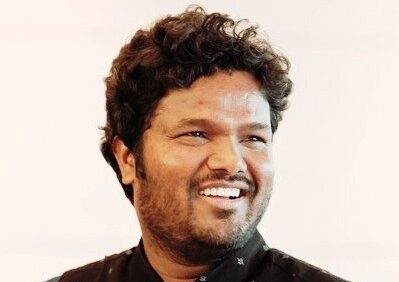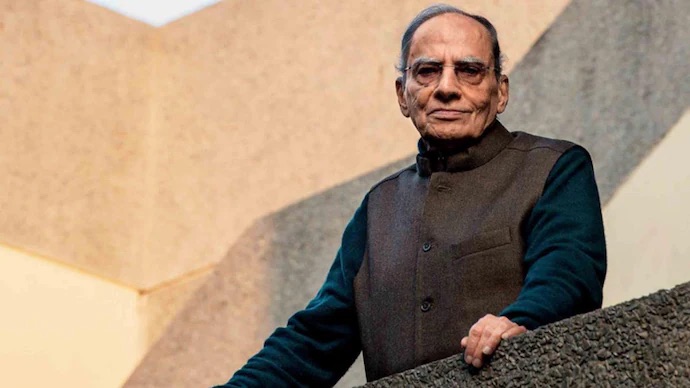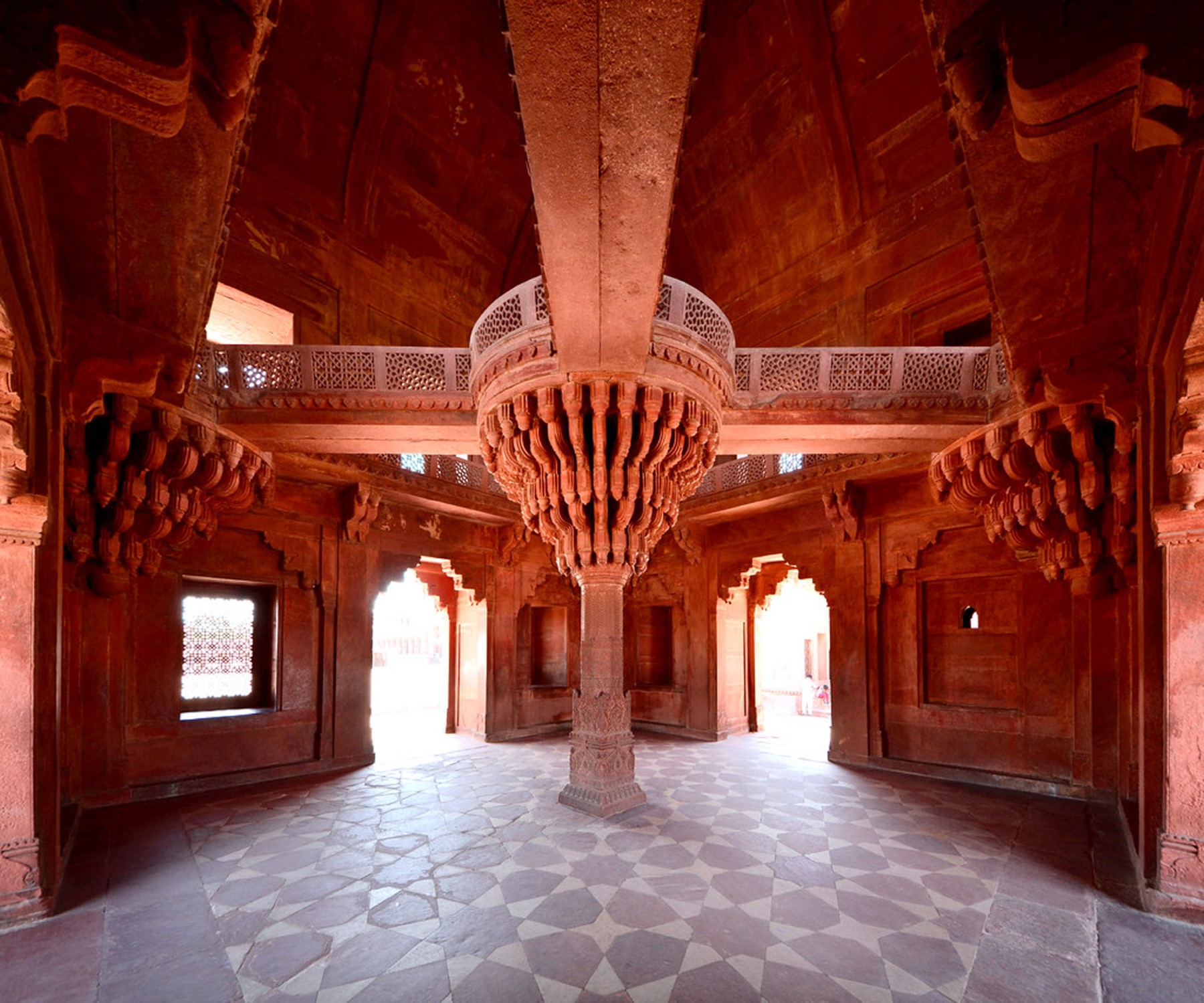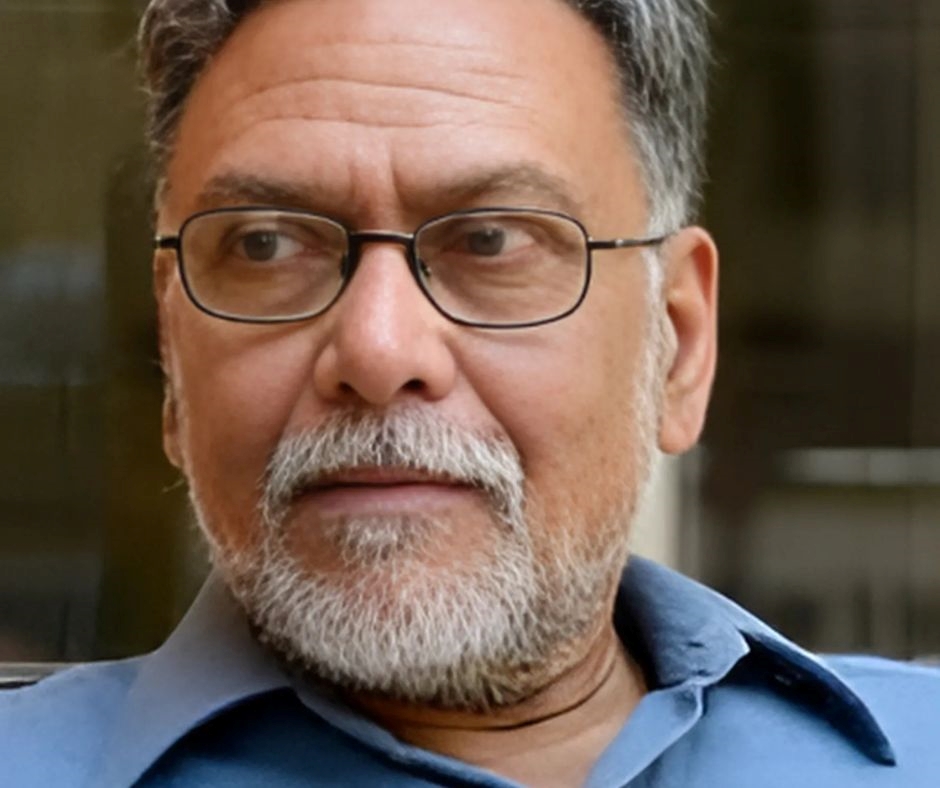Tell us about some important projects that your studio was involved in just before the lockdown.
The studio completed two projects before lockdown. One was the Juvenile Multifunctional Classroom Project. Ketham’s Atelier Architects and Thinking Hand NGO was invited for workshops and to design child-friendly environment spaces at Govt. Juvenile Correctional Centre, Telangana, Hyderabad. We designed innovative classroom spaces for a child-friendly environment and currently, children are using this space for study, play, also for other creative workshops and activities. This will change the view of children to a more playful and fun space to get back to a feeling of normal life rather than living in enclosed rooms. This also enhances the quality of life in juvenile homes. This is now setting an example for other juvenile institutions in bringing up children in a healthy environment, as we all know today’s child is tomorrow’s future.
The second was a Groundwater Recharge Project. The State Government of Telangana Ground Water Department Invited Ketham’s Atelier for Project Groundwater Recharge. Water is a key element and source for any settlement or village to start. Since global warming, Climate change, and drought conditions are increasing day by day, water scarcity is high not only in India but also around the world. This project model will set up examples in districts, towns and villages to educate on how to conserve water and maintain a groundwater table for year-round needs of farming, irrigation and other domestic needs for any village or community. This concept and idea have a greater impact in maintaining ecological balance and environment for sustainable growth and a better future.
Which were the biggest challenges and fears you faced because of the lockdown?
We were locked in homes and locked animals were out. Like most of us, we had to face a sudden pandemic shock. As a studio, we considered it as an experience to learn by taking it as a challenge across the new formats of work – digital communication, working from home and remote client coordination. As our studio is more focused on research and development, we were able to stay occupied and withstood the lockdown’s challenges. By concentrating more on research projects and focusing on fresh construction techniques like developing composite blocks and panels at affordable prices were some of the beneficial projects with us. Participating in international design competitions, conferences and seminars were also activities we were involved in.
What were the challenges you faced with the money flow in your practice and how are you handling them?
We had taken the problem as an opportunity indeed to handle it. We concentrated more on research, which aided our handling of the fund crunch. Maintaining offices and resources were also challenging too. However, it has taught us to handle monetary resources more creatively and not just with random methodologies.
We also cut down all possible expenses, reduced travel, and time was invested productively for office work. Staff benefitted by avoiding commutation and other expenses in the process of cutting down these activities.
How are you strategizing to adapt to the new conditions of work upon resumption of office post the lockdowns?
Our studio is continuing working from home for another year and also we are working on more research. We are working on the second draft of our book titled “3H” Hyderabad History Heritage. It is being written by Ketham Santosh Kumar. Currently, we are in the process of 30 out of the 500 unknown and forgotten historic buildings in Hyderabad, for our book.
Were any new methods of work evolved during the lockdown?
The studio had difficulties while working online such as Internet connectivity and immediate attention to other issues. However, every individual had the time and space to unleash their thoughts and come out of their comfort zone.
Our team worked through their hesitations and spent time ideating and going through various other developments in Architectural practice.
Reinforcing our efforts through timely communications, being independent and completing the circle in every activity taken up with a positive approach was our routine focus to maintain a healthy work experience through the lockdown.
How were the coordination issues resolved with the studio staff and on-site team?
As an in-charge and principal Architect, I was more organised and contacted each individual of the team assigning respective work daily to get the best work out of them. The team had to be helped with motivation and ensured them that their mental space was sorted during the execution of work. Only for specific situations, an assigned person would visit the site following all pandemic safety regulations.
What were the biggest learnings from the pandemic? And which decisions and new work methods you feel your studio will continue with for the future?
Now we are more comfortable working from home and only meet in necessary situations. We had to make communication lean and flexible. As we all know we have a new mutation of Covid-19, we continue to work from home, meeting in the office if required and maintaining social distances.
Accepting and adapting to new situations and still working together to produce good work is indeed our priority. We focus on being optimistic and moving forward.
Are you involved in any off-studio/allied initiatives such as office collaborations, NGO and social projects, working with authorities, photography, writing, research, conservation, etc.? How were these initiatives influenced by the lockdown, and how are you handling them?
Before, during and post the lockdown, Ketham’s Atelier Architects contributed along with Thinking Hand NGO in empowering people and students by conducting International Competitions, exhibitions, session and workshops.
currently, mapping and documenting flood-affected houses and rebuilding spaces for neglected communities is being undertaken. It was started in 2015 by Ketham Santosh Kumar on his own, and now the team has grown to 49 members.
About the practice:
Please let us know about the founding year, principals, team and studio.
Ketham’s Atelier is an international practice founded by Ketham Santosh Kumar in 2015, a studio transcending traditional boundaries of Landscape, Urbanism and Architecture. Our design and research studio contemplate and executes the project carefully counting on quality rather than one quantity to bring meaningful designs and THINKING beyond all domains to achieve Meta projects.
Our studio principles are based on core design lessons. We focus on the old sayings that “Every line you draw should have meaning to it”. We also believe that “architecture and design are like connecting dots and clues in an investigation to get the truth out”. If we fail to design good buildings, it affects the next three generations. And if we fail to do good planning, it affects the next hundred generations- this is a principle that we draw inspiration from.
The studio team has seven members Md. Sulaiman, Padmaja, Deepak, Zebunnisa, Tejaswini, Yoganand, Prudvi, with their principal architect Ketham Santosh Kumar.
What are some of the processes and work methods unique to your practice?
Our studio design process and development is through the “Thinking Hand” which we believe possesses sketching, drawing, physical modelling, clay modelling, and building prototypes. Software is used for development and postproduction as a supportive measure.
Our Studio is informed of the work methodology and philosophy that every species from human beings to animals experience architecture. They carve out their own spaces. We, from childhood, subconsciously understand architecture from our living room and bedroom. And similarly, some other living beings create their form like a birds nest. Architecture is the intermediary between imagination and reality, It has two sides of a coin; neither of the sides can be ignored, eventually combining both to make it a Meta-project. The design combines two levels of understanding, macro level and micro level. The macro-level has multiple layers like historical context, environment, culture and traditions. Micro-level too has various layers at the building level, our approach, how building touches the ground, relation to the site, spatial arrangements, user behaviour, functions, light, shadow, tectonics of building and more. Interconnecting both with conceptual, theoretical, phenomenological verticals to bring in the distinctive atmosphere, emotions, narration, experience and ultimately creating a memory in people’s life. Thus Architecture starts with a broader understanding of urban design, planning, landscape and environment/nature, which are interconnected to the context. Every project is considered and given equal importance to bring the best.







